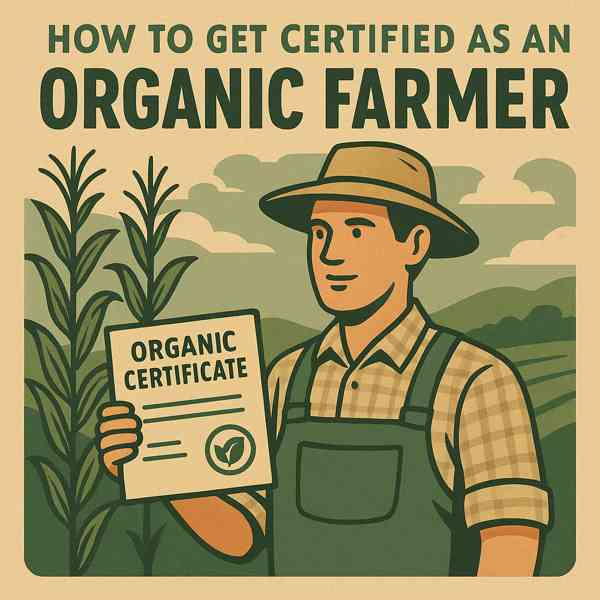Key Practices for a Greener Future
Key Practices for a Greener Future
Blog Article

While agriculture focuses on sustaining human needs, forestry involves producing timber and forest products.
As technology and sustainability become more prevalent, both agriculture and forestry are evolving to meet modern challenges.
The Role of Agriculture in Society
Agriculture is the practice of producing food and raw materials.
Main components of agriculture include:
- Cultivating grains, vegetables, and fruits
- Raising livestock for meat, milk, and wool
- Agroforestry
- Reducing chemical use and preserving soil
Modern agriculture aims to minimize environmental impact through sustainable solutions.
Understanding Forestry
Forestry involves the care, management, and conservation of forest resources.
Key forestry practices:
- Promoting tree diversity and regeneration
- Preserving ecosystems and wildlife
- Logging for wood and paper products
- Urban forestry
Responsible forestry practices help maintain ecological balance.
How to Be Eco-Friendly in These Sectors
Sustainability in agriculture and forestry is a growing priority as environmental issues become more prominent.
Best practices include:
- Reducing soil disturbance
- Building resilient agricultural systems
- Selective logging
- Counteracting deforestation effects
By embracing these practices, farmers and foresters can enhance productivity.
Challenges in Agriculture and Forestry
Despite their importance, both agriculture and forestry face ongoing problems related to economic pressures and environmental concerns.
Problems to overcome:
- Soil degradation
- Water scarcity
- Reducing biodiversity and natural cover
- Market volatility and economic pressures
Addressing these challenges requires government support.
The Role of Modern Tech
Technology is revolutionizing both agriculture and forestry, making operations less labor-intensive.
Key tech trends in the industry:
- Maximizing yield while minimizing inputs
- Monitoring crop health and forest cover
- Enhancing resistance and productivity
- Smarter resource allocation
Integrating technology ensures that both agriculture and forestry keep pace with global demands.
Conclusion
Agriculture and forestry continue to evolve.
To sustain these industries for the future, it is check here vital to balance economic and environmental goals.
Report this page